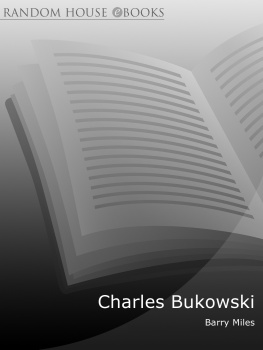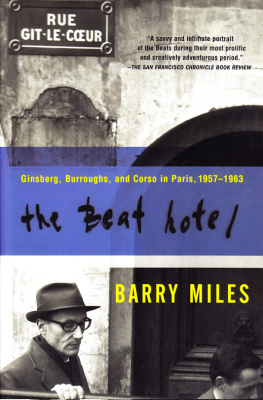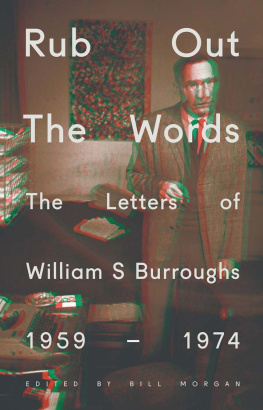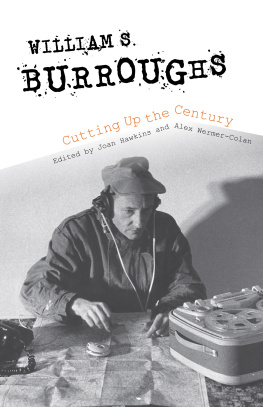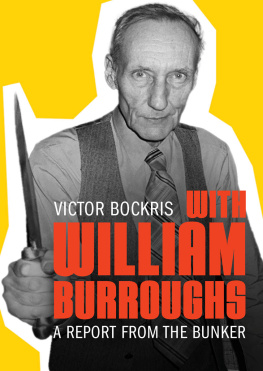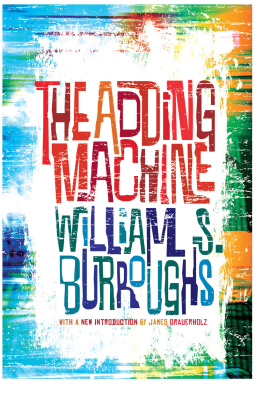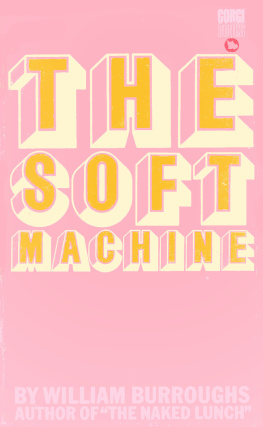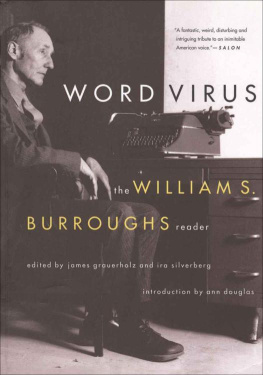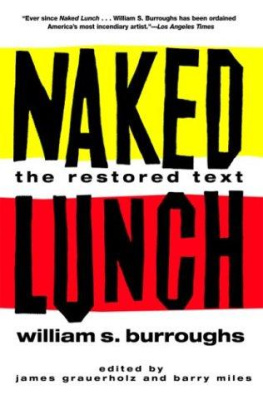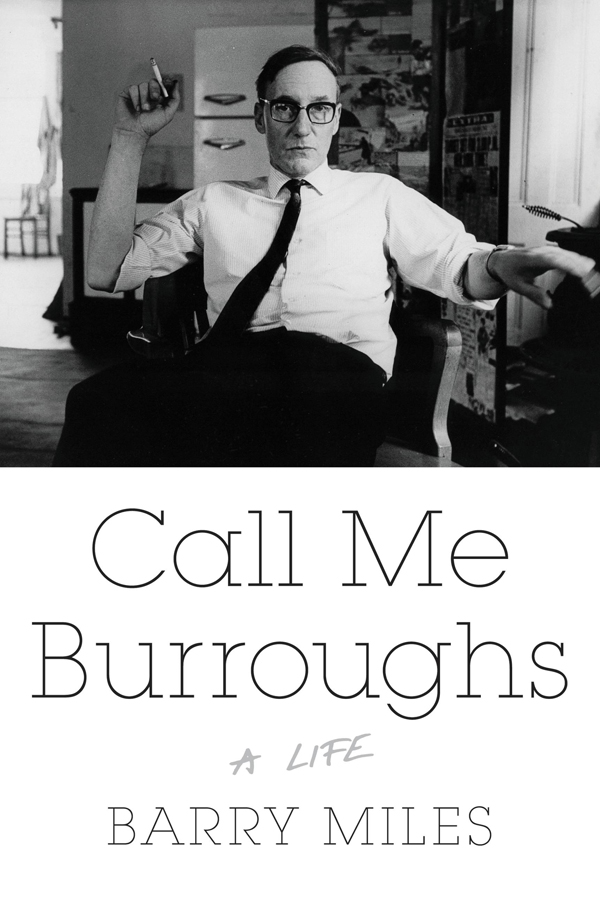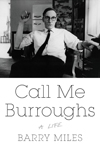My relationship with Burroughs began in 1965 when I published one of his three-column texts in an anthology called Darazt. I already knew his boyfriend, Ian Sommerville, and through Ian I became the UK distributor of Burroughss first spoken-word album, Call Me Burroughs, that Ian had recorded. In October 1966, I cofounded International Times, known as IT, and Burroughs was closely involved from the very beginning. He gave us the script for Towers Open Fire for our second issue and published a number of articles in IT over the years. He liked the immediacy of being able to give us a text and see it in print a few days later. He ran an article on tape recorder experiments in the third issue. His interest in tape recorder experiments began in 1960 and extended for about a decade, as part of his extension of the use of cut-ups from written texts into tapes, and from there to photographic collages, films, and scrapbook layouts. Many years later, in 2007, I produced a three-CD set of his tape cut-ups called Real English Tea Made Here.
Burroughs often visited when Ian Sommerville was installing the lighting and power circuits at Indica, the bookshop/art gallery I co-owned with John Dunbar and Peter Asher, in 1965, and when we moved the bookshop to a different address, he used the shops bulletin board to advertise his availability as a Scientology auditor. In 1972 I spent about five monthsspread over a seven-month periodcataloging his archives. This was when we became good friends, because in addition to working with him each day, we almost always had drinks and dinner together afterward. In the course of cataloging his papers, I was able to assemble what was then the only known copy of Queer, which was scattered throughout his folders and tied-up bundles of manuscript. It made sense to follow up on the catalog of the archives with a bibliography of his work, using the information I had uncovered. This was eventually coauthored with Joe Maynard (who did the books) and published by the Bibliographical Society of the University of Virginia in 1978. James Grauerholz and I coedited the restored text edition of Naked Lunch, published in 2001.
In 1984, while researching a biography of Allen Ginsberg at the Butler Library of Columbia University, I ordered up a letter from Burroughs to Lawrence Ferlinghetti in order to see what the cryptic enclosure was. It turned out to be the complete manuscript of Interzone. I had it photocopied and gave it to my agent, Andrew Wylie, who also represented Burroughs. Interzone, along with Queer, was to form the backbone of a multibook publishing deal with Viking. In 1992, I published a portrait called William Burroughs: El Hombre Invisible, which began as part of the Virgin Modern Idols series, and finished up as a half biography, half introduction to his work. Over the years I visited Burroughs in London, New York, Boulder, and Lawrence, Kansas, and consequently met and got to know many of the characters in this book, beginning with Allen Ginsberg, who first stayed with me in London in 1965 and became a great friend. I also got to know Antony Balch, Robert Fraser, Herbert Huncke, Carl Solomon, Lucien Carr, Brion Gysin, Alan Ansen, Ian Sommerville, Mikey Portman, Gregory Corso, Panna Grady, John Giorno, Timothy Leary, Victor Bockris, Stewart Meyer, and of course James Grauerholz and his Lawrence, Kansas, circle. Many of them became friends, and over the years, as a result of countless hours of conversation, I accumulated a huge store of Burroughs lore.

Without James Grauerholz this book would simply not have been possible. James was William Burroughss friend, companion, and manager from the time of his return to the United States, aged sixty, in 1974 until his death in 1997. James was commissioned to write a full-length biography in 1999 and did an enormous amount of research, but a combination of family matters and medical problems eventually caused him in 2010 to propose that I take over the project. I have drawn heavily on Jamess research into Burroughss childhood and family history, particularly the story of Uncle Horace; his research into Burroughss time at Harvard; his period in Chicago (in fact, we found the site of Mrs. Murphys Rooming House and A. J. Cohen Exterminators together); his psychiatric historyGrauerholz had obtained many of Burroughss psychoanalytic recordsand the results of his trawl through Austrian paperwork to find traces of Burroughss stay in Vienna, where he studied medicine, and Dubrovnik, where he met his first wife, Ilse Herzfeld Klapper, in 1937. I am deeply indebted to James for his book-length paper


